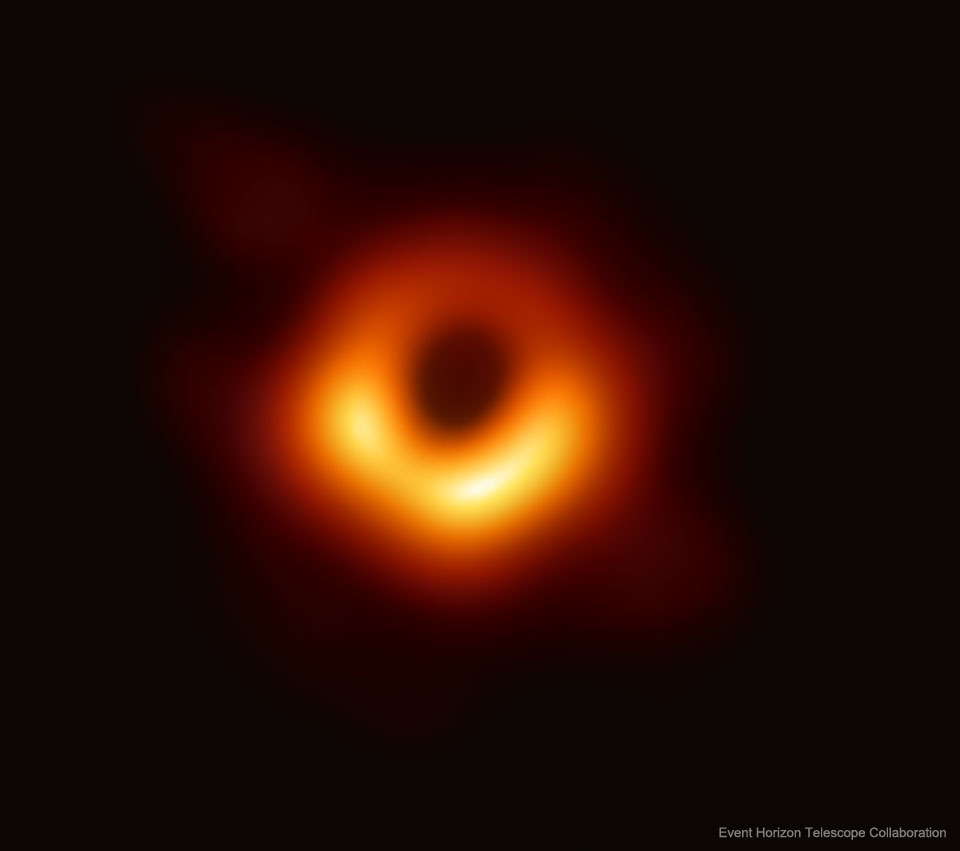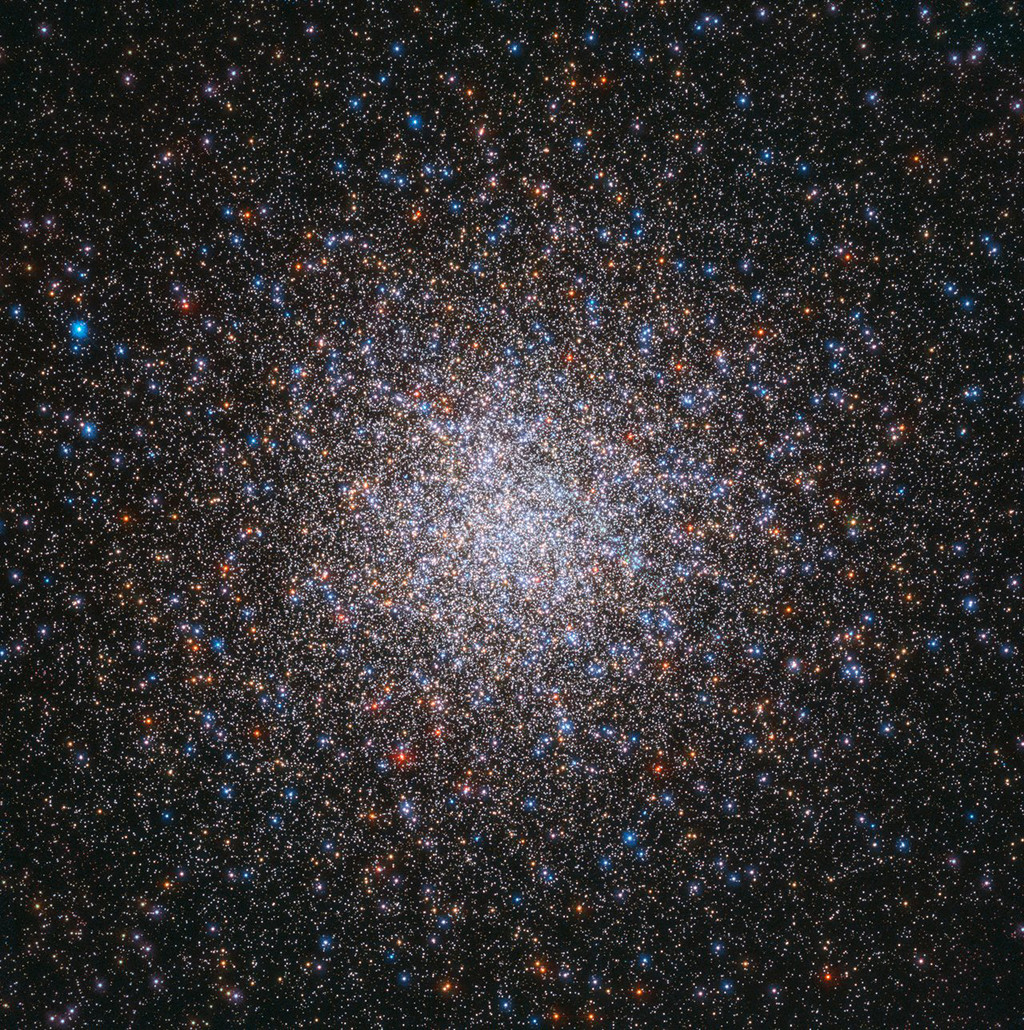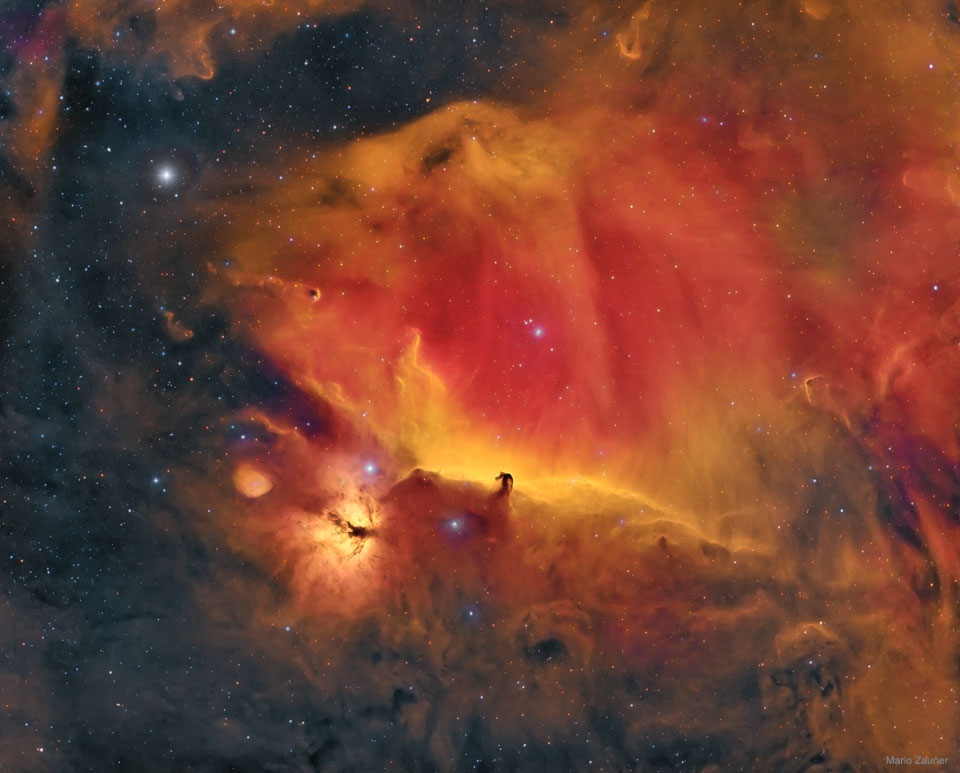
Reconnaissables à leur tête en forme de T, les requins-marteaux regroupent dix espèces de la famille des Sphyrnidés. Ils sont en général de taille modeste, mais le plus imposant d'entre eux, legrand requin marteau (Sphyrna mokarran), peut mesurer jusqu'à 6 mètres de long pour 450 kg. Ils évoluent en bancs le jour, puis se muent en loups solitaires la nuit pour chasser. Leur tête de marteau devient alors un outil très efficace. Ils bénéficient d'un champ de vision élargi, car leursyeux sont placés aux deux extrémités de ces protubérances, et peuvent clouer au sol les raies, pour lesquelles ils ont une petite préférence.
Certaines espèces de requins marteaux sont considérées comme vulnérables par l'UICN. D'autres sont classées en danger : c'est le cas du grand requin marteau.
© Martin, Fotolia






 USA, 5.913
USA, 5.913 FRANCE, 3.307
FRANCE, 3.307 ALEMANHA, 971
ALEMANHA, 971 BRASIL, 921
BRASIL, 921 BÉLGICA, 786
BÉLGICA, 786 UCRÂNIA, 675
UCRÂNIA, 675 EMIRADOS ÁRABES UNIDOS, 547
EMIRADOS ÁRABES UNIDOS, 547 CANADA, 408
CANADA, 408 RÚSSIA, 275
RÚSSIA, 275
